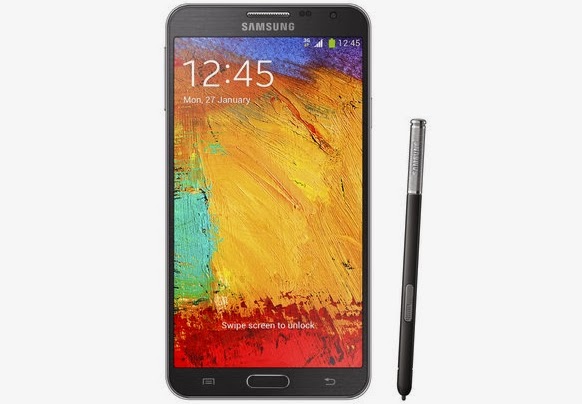Now, smartphones can control a Live Cockroach!
Now, you can control the movements of a live cockroach from your own smartphone with the help of the world's first commercially available cyborg.
Called RoboRoach, the project currently on Kickstarter has been developed by a group of educational researchers called Backyard Brains from Ann Arbor, Michigan.
RoboRoach consists of three components: a cockroach with surgically implanted electrical stimulator's, a cockroach-size "backpack" that transmits these signals to a smartphone and an app that allows users to send the cockroach directional commands, 'TechNewsDaily' reported.
As antennae touch some object, the neurons within them send an electrical impulse to the cockroach's brain, letting the roach know that there's an obstacle in its way.The latest project takes advantage of this natural mechanism to control the cockroach's direction.Researchers surgically implant an electrical stimulator into the cockroach's antennae, a process which involves removing one of the cockroach's six legs.
Once the cockroach has recovered, they place a small "backpack" on the cockroach's back that connects these stimulator's with a control interface - in this case, a smartphone app.Users can then direct the cockroach's movements by opening the app and dragging their thumb left or right across the screen. The cockroach will then move in the indicated direction.
Touching the screen sends an electrical stimulus through the cockroach's antennae, which makes it think it's encountered an obstacle.
According to Backyard Brains, neither the surgery nor the actual process hurt the cockroaches.The cockroaches are anaesthetised before the surgery, and there's no evidence of a pain or a fear response when the cockroaches' antennae are electrically stimulated.
The frequency is so mild that after a few minutes the cockroach will stop responding to it. Users will have to readjust the frequency of their stimulation signals from the app, which Backyard Brains says is another opportunity for users to conduct their own neurological experiments.





